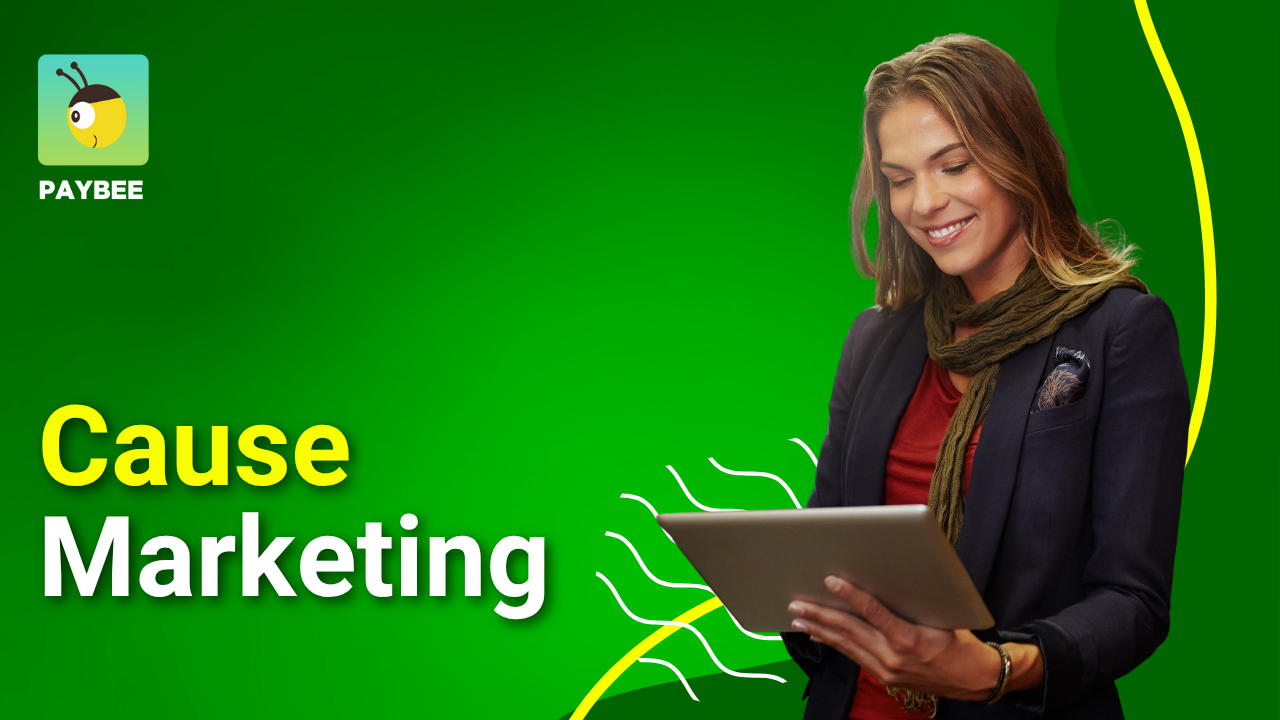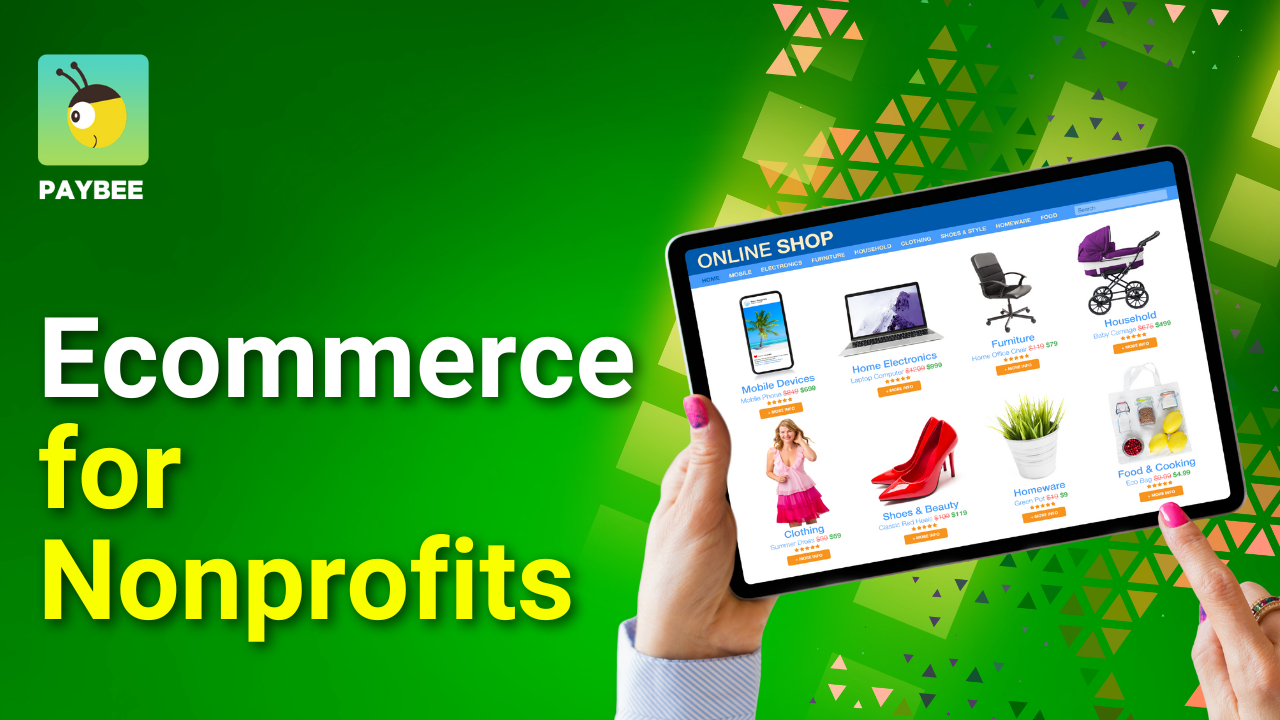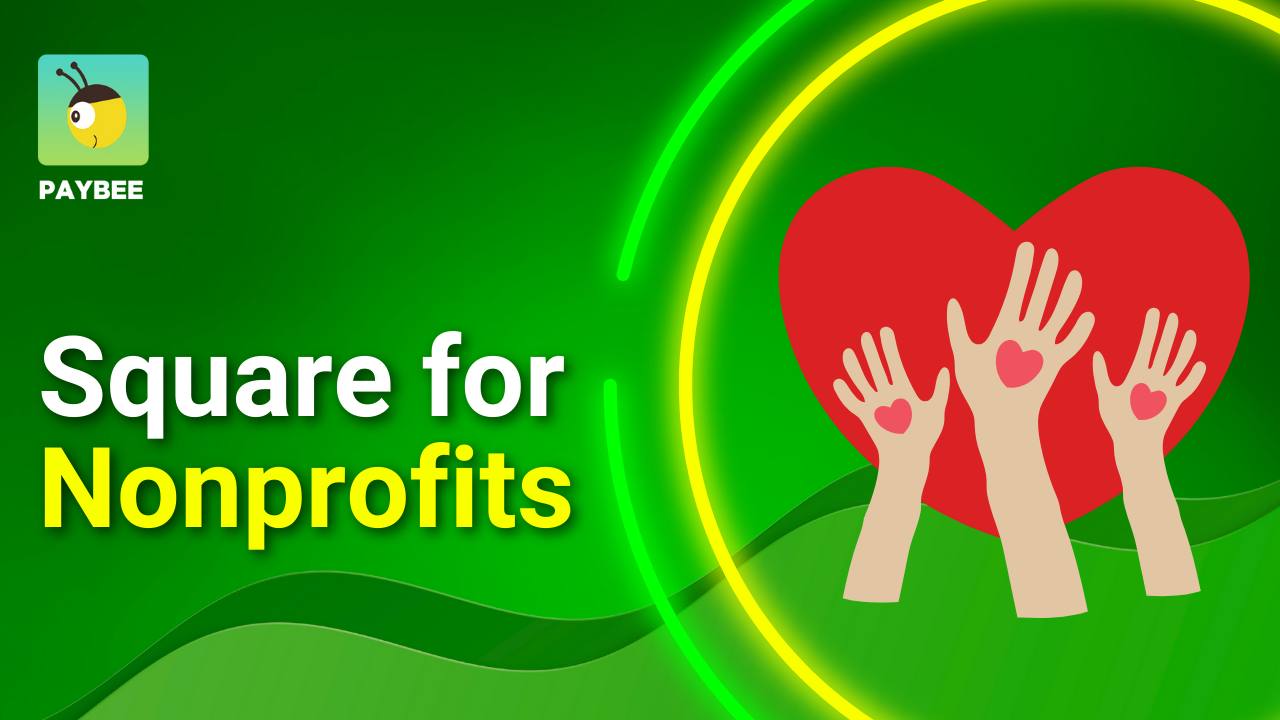
What Is Cause Marketing and Why It Matters to Nonprofits
What Is Cause Marketing and Why It Matters to Nonprofits
Core definition: A mutually beneficial collaboration between a business and a cause, designed to achieve both social impact and measurable marketing results.
Cause marketing, also known as cause-related marketing, is when a for-profit business partners with a nonprofit, charity, or social cause in a way that benefits both of the entities simultaneously. The basic concept is the company promotes a cause as part of its marketing strategy and in return it gains goodwill, stronger customer loyalty, and often increased sales while the cause receives funding, exposure, or other support.
Key elements of cause marketing:
- Mutual benefit – both the cause and the company get something valuable.
- Public association – the company openly links its brand with the cause.
- Customer involvement – often invites customers to participate, like buying a product where a percentage of sales goes to a cause.
- Alignment of values – works best when the cause matches the brand’s mission and audience.
Examples:
- A shoe company pledging to donate one pair of shoes for every pair sold.
- A coffee brand sourcing beans from sustainable farms and funding community projects.
- A clothing retailer creating a special line of products where profits support cancer research.
So unlike pure philanthropy, which involves donations without direct commercial gain or broader CSR strategies (Corporate Social Responsibility) which cover a company’s ethical and environmental practices as a whole, cause marketing integrates the promotion of a cause outside of the company directly into a marketing for good campaign designed to also drive their own business objectives.
When done authentically, cause marketing can build trust and an emotional connection with its customers while enhancing the public perception of their business. But this can also backfire if it isn’t done properly, hurting your brand’s reputation. So read on to see which steps to take to make sure everyone benefits as well as which ones to avoid.
Historical Context and Pioneers
The concept gained prominence in the early 1980s, most famously through American Express’s 1983 Statue of Liberty Restoration Campaign. Every card purchase triggered a small donation to the restoration project, raising millions while increasing card usage by 27%. This model proved that marketing for good could also deliver strong business results.
Since then, major brands like TOMS Shoes, (RED) Campaign, and Patagonia have popularized the approach through blending commerce and cause into a win-win scenerio for all involved.
Benefits of Cause Marketing for Businesses and Nonprofits
Seeing that, ‘Nearly eight-in-10 (79%) Americans say they are more loyal to Purpose-driven brands than traditional brands and nearly three-quarters (73%) are more willing to defend them, according to the 2018 Cone/Porter Novelli Purpose Study.’ Those are some serious statistics, especially considering that 73% more people are more willing to defend a company that demonstrates it takes positive causes seriously within their business model. It’s not that often people defend a company’s behavior, or business model. So this is a serious benefit and one that seems to be increase as far as the trend.
This goes to show businesses reap serious significant advantages from cause marketing, particularly in building brand loyalty and improving customer retention. This is more important than ever as most business have stiff competition and any way they can align themselves as being ‘better’ than the competition, it can really make a difference. This alignment also boosts consumer engagement since interactive campaigns also get people to like and share their promotions on social media, furthering their reach and impact. And the smartest businesses track their ROI so they can see exactly how these efforts contribute to revenue growth and stakeholder trust.
But business isn’t the only enterprise in all of this that reaps some serious benefits. Nonprofit organizations get their share of funding and often a wider audience than they would have otherwise. Partnerships with businesses provide access to corporate donations, co-branded campaigns and other forms of revenue streams they would not have been able to capture previously. In addition the wider viability that comes with these programs often leads to an increase in new supporters, volunteers and of course, donations. This all leads to a better funded charity able to push its mission forward with strong financial and human capital backing.
Key Benefits for Both Parties
Enhanced Brand Loyalty: When a company partners with a cause that resonates with people, it causes a deeper emotional connection with their consumers. According to a Cone Communications study, 91% of consumers are more likely to buy from companies supporting social or environmental causes. For example, TOMS Shoes' "One for One" model has built fierce loyalty by donating a pair of shoes for every purchase, resulting in millions of sales and retained customers.
Improved Consumer Engagement: When a company stands for values its customers also share, the impact can be quite large. Nielsen reports that 66% of consumers are willing to pay more for sustainable products, and smart companies have picked up on the cue. Patagonia's environmental initiatives, such as suing the U.S. government over public lands, have sparked viral engagement and boosted online traffic both for themselves and the nonprofits they align themselves with. In addition, their 100% for the Planet campaign raised over $10 million during a single Black Friday!
Boosted Brand Reputation: Aligning with causes gives a positive public perception that people are looking for. The 2023 Edelman Trust Barometer found that 64% of respondents choose brands based on their stance on societal issues. Seizing on this data, Coca-Cola partnered with WWF for water conservation work and has since enhanced its reputation as a responsible brand.
Increased Funding for Nonprofits: Businesses provide direct financial support through a few types of giving. Cause marketing spending reached $21 billion, up 13.4% from the previous year in 2022. This trend seems to be continuing and is one way for snonprofits to sure up waining donations. Product Red's collaborations have raised over $800 million for the Global Fund to fight AIDS.
Greater Visibility and Awareness: Nonprofits can gain a huge amount of exposure through business channels when they partner with the right one. Forbes notes that these campaigns engage broader audiences and mobilize communities. Breast Cancer Awareness Month partnerships, like those with Estée Lauder, have dramatically increased the nonprofit’a reach and volunteer sign-ups.
Strengthened Community Impact: Cause marketing drives measurable social change which enhances all communities as a whole. For example, Dove’s “Real Beauty” campaign, partnered with organizations like the World Association of Girl Guides, promotes body positivity, reaching millions and increasing nonprofit program enrollment by 20% annually. This offers stronger community ties for businesses while aligning with the nonprofits’ mission driven outcomes.
As you can see, implementing cause marketing on both sides is mutually beneficial while also adding more positivity into the world. It’s not just a win for the businesses and nonprofits that add this marketing channel to their arsenal, but society as a whole benefits as well.
Types of Cause Marketing vs. Traditional Marketing
Marketing is a huge field that brings together many different approaches and processes. What differentiates cause-related marketing form other traditional forms is its desire to push a positive cause forward helping more than just the business and nonprofit. It’s less about the bottom line and more about what working together can do to improve our planet and people’s lives. And just like the complexity of marketing as a whole, cause marketing can also be broken down into different types as we will see below. As a business or nonprofit, you’ll need to see which types best suit your own needs and values.
- Point-of-Purchase (POP) Campaigns: These campaigns are a bit misleading in that they are asking for the customer to make a donation to the charity the business has chosen. While it’s always a good thing to help any charity working to improve things, the store is not necessarily donating themselves. Some businesses do match donated funds from customers making the entire marketing channel much more effective and ‘fair,’ but this always isn’t the case. And although they create a low effort way for consumers to contribute, enhancing the brand’s community focused image, not all customers are happy with being asked to give when they feel the one asking isn’t doing the giving.
- Licensing Agreements: This is a great twist on the old style of marketing where you pay a celebrity a ton of money to use their name in their marketing campaigns. Rather, businesses pay to use a nonprofit’s branding, such as a jewelry line featuring the WWF logo. This can be a smart move by smaller brands working closely with a trusted nonprofit. This is a great way for both parties to get recognition as well as a new income source for the charity. This mutual benefit differentiates it from traditional marketing’s one-sided focus on brand promotion.
- Co-Branded Products: A bit different than the licensing agreement above, these involve jointly branded goods where profits are shared with a nonprofit, like a Nike shoe line supporting youth sports programs. Depending on the product line, this can be a substantial revenue stream for the nonprofit, especially when the product and company align well with the charity. Co-branded products create emotional connections with consumers who value the cause as well thereby driving loyalty and visibility for both partners. This approach leverages shared values to stand out in competitive markets.
- Message Only Campaigns: These focus on raising awareness without direct sales, such as billboards promoting breast cancer screening or visibility for a cause on their bags or packaging. You can think of it as a social endorsement, a way that companies can vouch for a cause without needing to sell something to their customers. The advertising is focused on the cause, and not a specific product. While this may not bring in immediate revenue for the nonprofit, the awareness it brings can be staggering and will have a definite positive impact on both revenue and new supporters long term.
- Digital/Social Campaigns: These newer types of campaigns trigger donations or awareness through online actions like a brand donating $1 per hashtag share or shoutout. Compared to traditional digital ads focused on click through rates, these campaigns are geared to be viral in nature and rely on engaging audiences and encouraging viral reach amplifying both the cause and brand visibility. They capitalize on social media’s interactive nature and people’s yearning to be connected to positive causes to create community engagement.
Types of Cause Marketing vs. Traditional Marketing Quick Chart
These are just five ways that you can use cause marketing to further your charity's impact. Any marketing that builds deeper connections through shared values and offers businesses enhanced reputation and nonprofits increased funding and visibility can be categorized as cause marketing.
Future Trends in Cause Marketing
The future of cause marketing in 2026 and beyond will be shaped primarily by a powerful mix of technology, cultural values, and shifting consumer expectations, particularly among millennial consumers and Gen Z. These audiences have become a dominant force in the nonprofit sector and demand that brands not only “talk the talk” but also show measurable impact. As a result, digital cause marketing has become more data driven and transparent than ever.
One of the most obvious trends that is impacting every sector these days is the rise of AI and all it can accomplish. Platform like Paybee are integrating AI-driven and app-based giving tools in order to take advantage of this rise and offer our clients a serious edge over their competition.
Brands are integrating charitable features directly into their mobile apps, e-commerce checkouts and loyalty programs while utilizing AI personalization to make sure campaigns resonate with individual users and matching them with causes aligned to their values and even tracking the tangible results of their contributions. Expect to see many more AI powered tools and apps in the near future with regards to the nonprofit sector.
Another major trend is a deeper commitment to sustainable business practices. Cause marketing now often centers on environmental concerns and ethical sourcing when it comes to how companies do business. Companies that back their campaigns with genuine operational change like reducing carbon footprints or adopting regenerative production methods earn far more credibility with today’s socially aware audiences.
Diversity and inclusion still remain at the forefront even though it does seem to be trailing off. Campaigns going forward will often feature partnerships with underrepresented communities so marketing efforts don’t just raise awareness, but also work to shift power and resources in a fairer way. For younger consumers, authenticity in representation is non-negotiable.
Meanwhile, whether fueled by TikTok challenges or grassroots digital movements, viral campaigns will continue to dominate, but with a twist. The most successful examples combine entertainment with clear, trackable social outcomes.
Top Cause Marketing Trends in 2025
- AI-powered personalization – Matching donors to causes in real time.
- App-based micro-donations – Seamless giving integrated into everyday transactions.
- Sustainability as a core message – From packaging to product lifecycle.
- Authentic diversity storytelling – Representation backed by real investment.
- Impact-driven viral challenges – Entertainment tied to measurable change.
Cause marketing today is no longer just a brand add-on, it’s an evolving partnership between business, technology, and social good.
Challenges in Cause Marketing and How to Overcome Them
Just ‘doing’ cause marketing doesn’t necessarily guarantee your charity or business will automatically strengthen a brand’s reputation and deliver meaningful impact. There are pitfalls to be ware of. The most common challenges revolve around authenticity in marketing, building and maintaining stakeholder trust, and demonstrating a tangible ROI on social good initiatives.
One of the most damaging issues is greenwashing, when a brand’s social or environmental claims are exaggerated or misleading. Take Keurig and their coffee pods for example, the company claimed its K-Cup pods were recyclable, but many recycling centers couldn’t process them leading to a class-action settlement of $10 million. And while this was a big settlement against the company, it wasn’t by far the worst. That distinction would go to Volkswagen.
Volkswagen marketed its diesel vehicles with claims of being “clean,” “responsible,” and environmentally friendly, part of their “Think Blue” eco-conscious campaign. However, regulators discovered that VW had installed defeat devices, software that detected when emissions tests were underway and manipulated engine performance to pass those tests, while actual emissions on the road were up to 40 times higher than legal limits. VW paid out over 30 billion dollars for it’s mistake in the USA alone!
Obviously these examples of greenwashing as well as others have seriously hurt the companies that weren’t being transparent. This is why if you’re running a nonprofit, you have to commuted to doing your own thorough vetting of potential partners to make sure they're in alignment in their mission, values, and your audience’s expectations. Transparency reports are a powerful antidote. By publishing clear, verifiable data on how much was raised, where it went, and the resulting outcomes, brands can reinforce credibility.
Ultimately, the solution lies in integrating cause marketing into the company’s core strategy, rather than treating it as a temporary PR effort. When social good is embedded in operations and decision making, it becomes easier to avoid mismatched causes and deliver measurable, lasting benefits.
Common Challenges vs. Solutions in Cause Marketing
By anticipating these challenges and addressing them head on, brands and the charities they partner with can be sure their cause marketing inspires trust and delivers results while making a genuine impact.
Cause Marketing FAQ
What is an example of cause marketing?
A brand partners with a nonprofit to raise funds or awareness, like a shoe company donating a pair for every pair sold.
What is the difference between cause marketing and CSR?
Cause marketing is a campaign tied to a cause. CSR (Corporate Social Responsibility) is a broader, ongoing business practice for social good.
What are common pitfalls in cause marketing?
Greenwashing, mismatched partnerships, lack of transparency, and over-commercializing the cause.
Why do consumers support cause marketing?
They want to support brands that share their values and create real-world impact.
How to measure success in cause marketing?
Track both social outcomes (funds raised, people helped) and business metrics (sales, engagement).
Can small businesses engage in cause marketing?
Yes. Even simple efforts like local sponsorships or charity tie-ins can build trust and impact.
Conclusion: The Evolving Power of Cause Marketing
Cause marketing has moved far beyond one off charity tie-ins and events. Today, success lies in long-term partnerships that deliver consistent value for both the brand and the cause. When businesses integrate social good into their core identity, they create campaigns that build trust, loyalty, and deliver measurable impact over time. It’s just a metter of finding the right fit for both your business and your cause. Be as transparent and honest as possible and the chances are oyu’ll find your commented tribe that will help spread the word and keep your campaigns profitable for years to come.
Start Fundraising






